 26 May 2025
26 May 2025
In the face of shifting geopolitical tides and intensifying global competition for commodities, Brazil’s animal feed sector is charting a path of cautious growth. Bolstered by signs of recovery in the livestock cycle and favorable input costs, the industry is projected to grow by 3% in 2025, reaching a total of 94 million tonnes of feed, concentrates, and supplements.
This outlook, released by the National Union of the Animal Feed Industry (Sindirações), reflects Brazil’s ambition to solidify its position as a global leader in the production of animal nutrition inputs, even as it navigates uncertain international trade conditions and rising pressure on agricultural resources.
According to Sindirações, Brazil is expected to produce 90 million tonnes of feed and concentrates and nearly 4 million tonnes of supplements in 2025. These will support the feeding of poultry, swine, aquaculture species, equines, and companion animals—sectors that collectively form the backbone of Brazil’s animal protein industry.
Ariovaldo Zani, CEO of Sindirações, explains that this modest yet meaningful growth is tied to the resilience of domestic animal production chains and a wider recovery in livestock productivity, particularly after the fluctuations seen in recent years.
“The expansion of feed production hinges not only on cost structures but also on strategic alignment with the animal protein sector, which remains a vital driver of Brazil’s agricultural economy,” Zani said.
The cost and availability of key raw materials continue to shape the outlook for the sector. In 2025, the industry is expected to consume approximately 60 million tonnes of maize (including dried distillers’ grains – DDG) and 20 million tonnes of soybean meal.
Together, these two inputs represent over 70% of feed production costs, especially for poultry and swine operations, which are highly sensitive to grain price fluctuations. As such, the ability to secure competitively priced commodities remains a top priority for producers.
Brazil’s feed industry doesn’t operate in a vacuum—it is increasingly impacted by international trade policies and macroeconomic shifts. The recent resurgence of protectionist trade measures—notably from the United States—has complicated global commodity flows.
Soybeans, maize, and other feed grains have become focal points in a broader landscape of tariff wars and retaliatory trade actions, forcing agricultural exporters and governments alike to reevaluate their supply chain strategies.
Zani warns that global instability, particularly with the return of Donald Trump to the U.S. presidency, could lead to further disruption in the pricing and flow of agricultural and energy commodities, including corn ethanol and soybean biodiesel.
“The increasing competition from sectors like biofuels, as well as strong international demand, will continue to create upward pressure on prices and may challenge the domestic supply of cereals and oilseeds,” Zani noted.
To remain competitive in this complex landscape, the Brazilian feed sector must embrace a multi-pronged strategy focused on:
Operational resilience
Proactive cost management
Monitoring of regulatory, fiscal, and environmental changes
This approach will be essential not only for guaranteeing supply stability but also for enhancing Brazil’s position in the global animal protein value chain.
One of the most notable developments for the sector came with the official opening of the Chinese market to Brazilian DDG—a byproduct of maize ethanol production. The agreement was finalized during President Luiz Inácio Lula da Silva’s visit to China, with Agriculture Minister Carlos Fávaro and Sun Meijun, head of China’s General Administration of Customs (GACC), formalizing the deal.
This long-anticipated move provides a new avenue for Brazil’s maize co-product industry, reinforcing the country’s capacity to export not only traditional grains but also value-added feed ingredients.
In 2024, Brazil produced around 4 million tonnes of DDG, exporting close to 800,000 tonnes. The global market for protein ingredients used in animal feed is estimated to import approximately 10 million tonnes annually.
With China now accessible and demand rising in other Asian markets, Brazilian exporters are optimistic that DDG exports will scale quickly, supporting both domestic ethanol production and the broader goal of economic diversification within the feed sector.
Subscribe now to the technical magazine of animal nutrition
AUTHORS
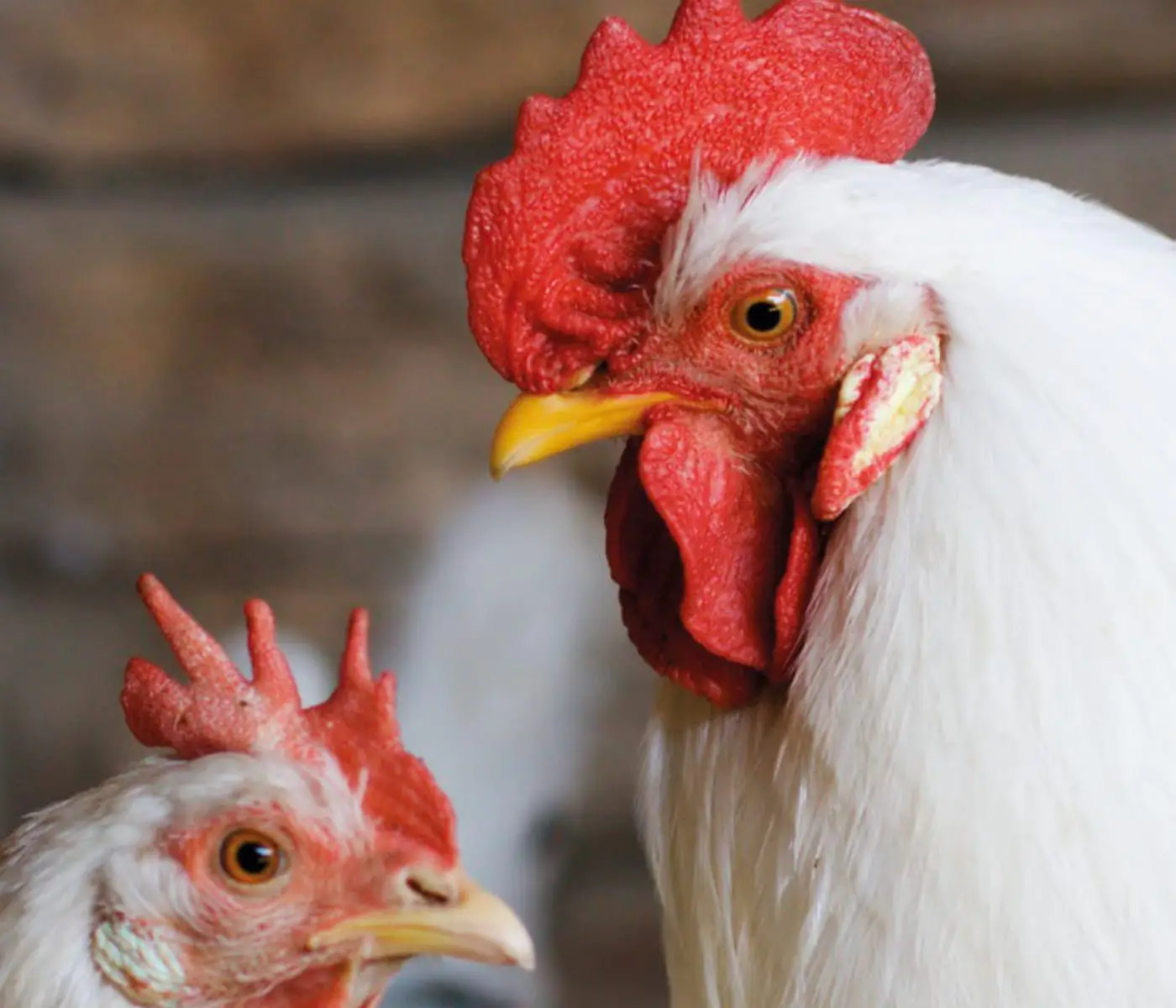
Nutritional Interventions to Improve Fertility in Male Broiler Breeders
Edgar Oviedo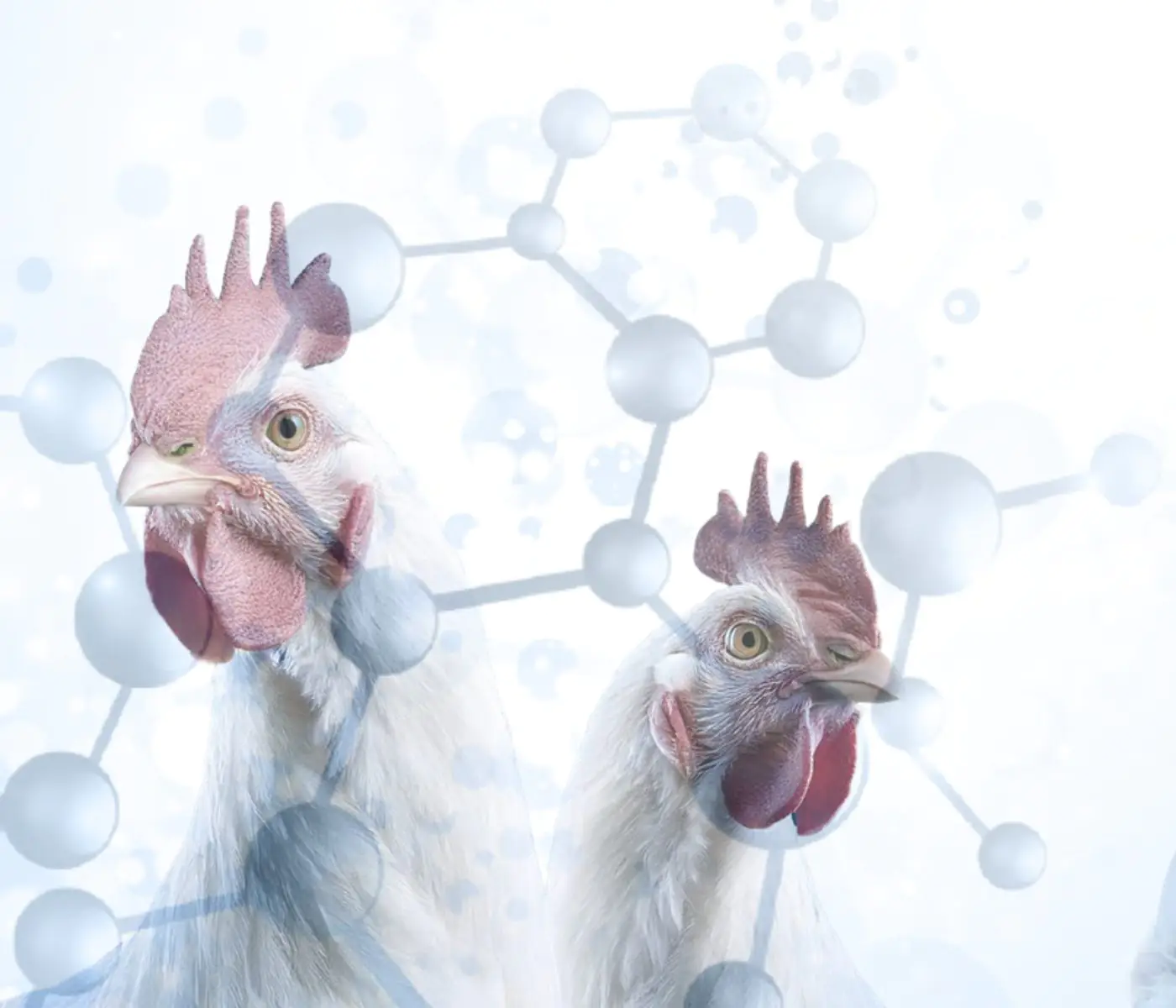
The Use of Organic Acids in Poultry: A Natural Path to Health and Productivity
M. Naeem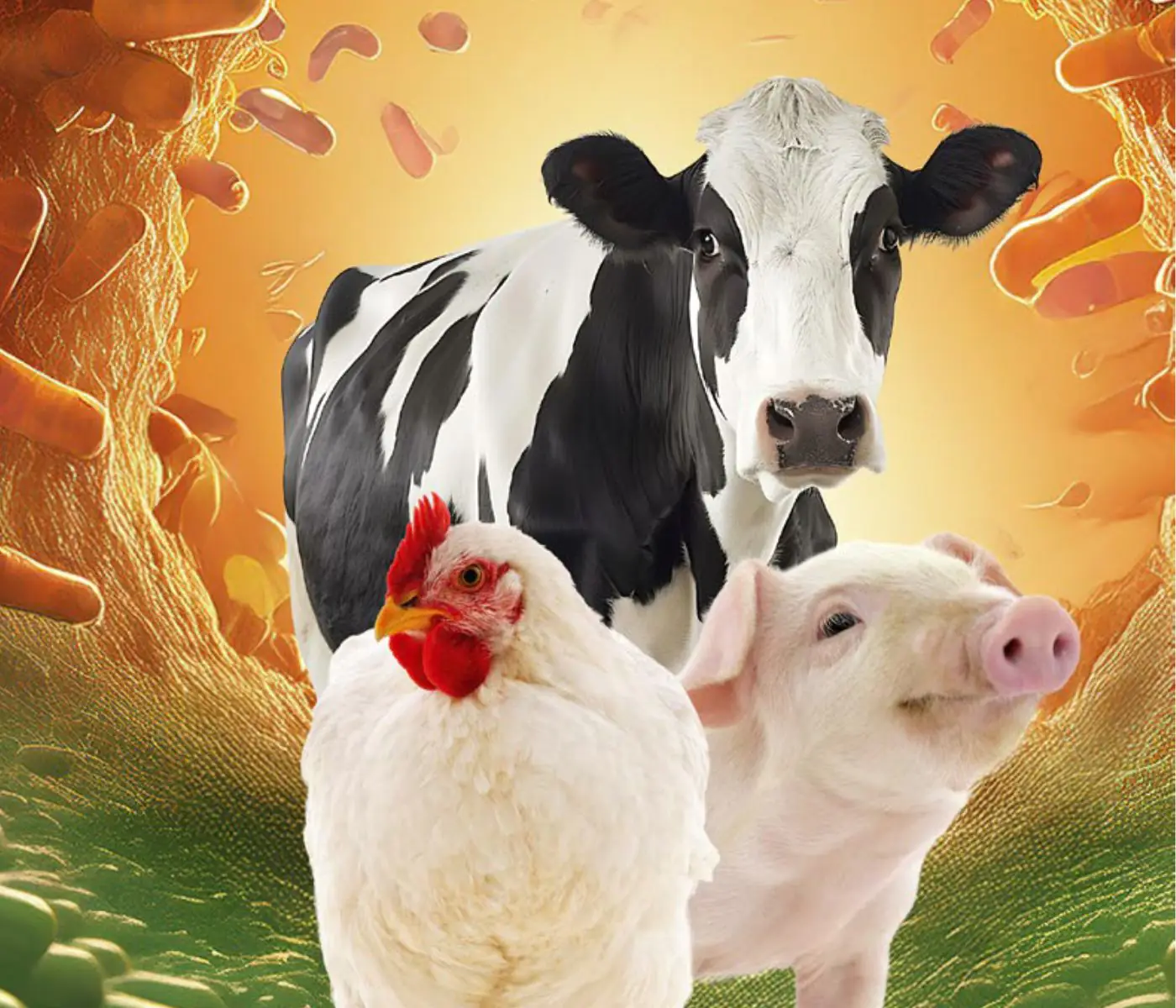
Synergistic Benefits of Prebiotics and Probiotics in Poultry, Swine, and Cattle
Gustavo Adolfo Quintana-Ospina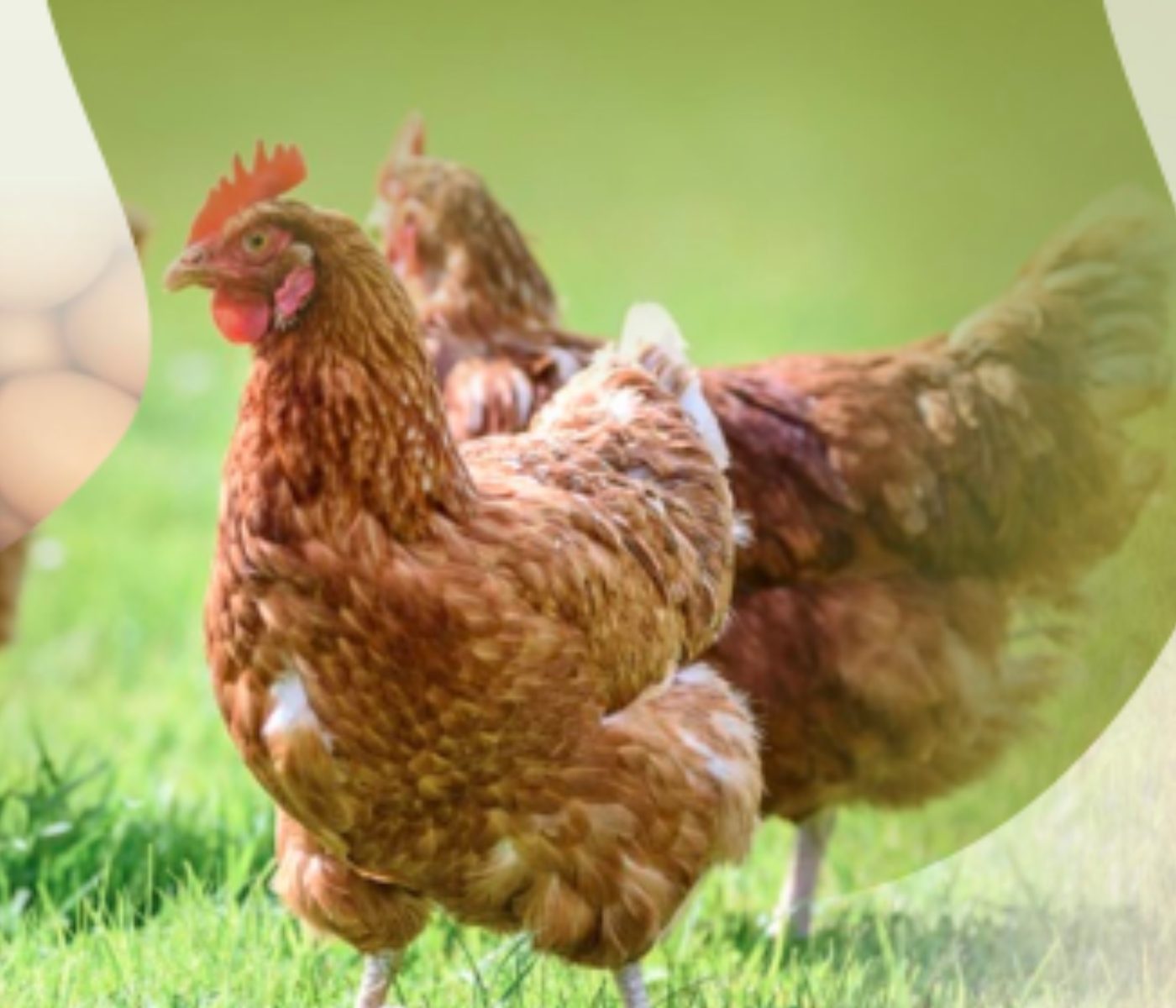
Hybrid Rye Potential in Laying Hen Feed Rations
Gwendolyn Jones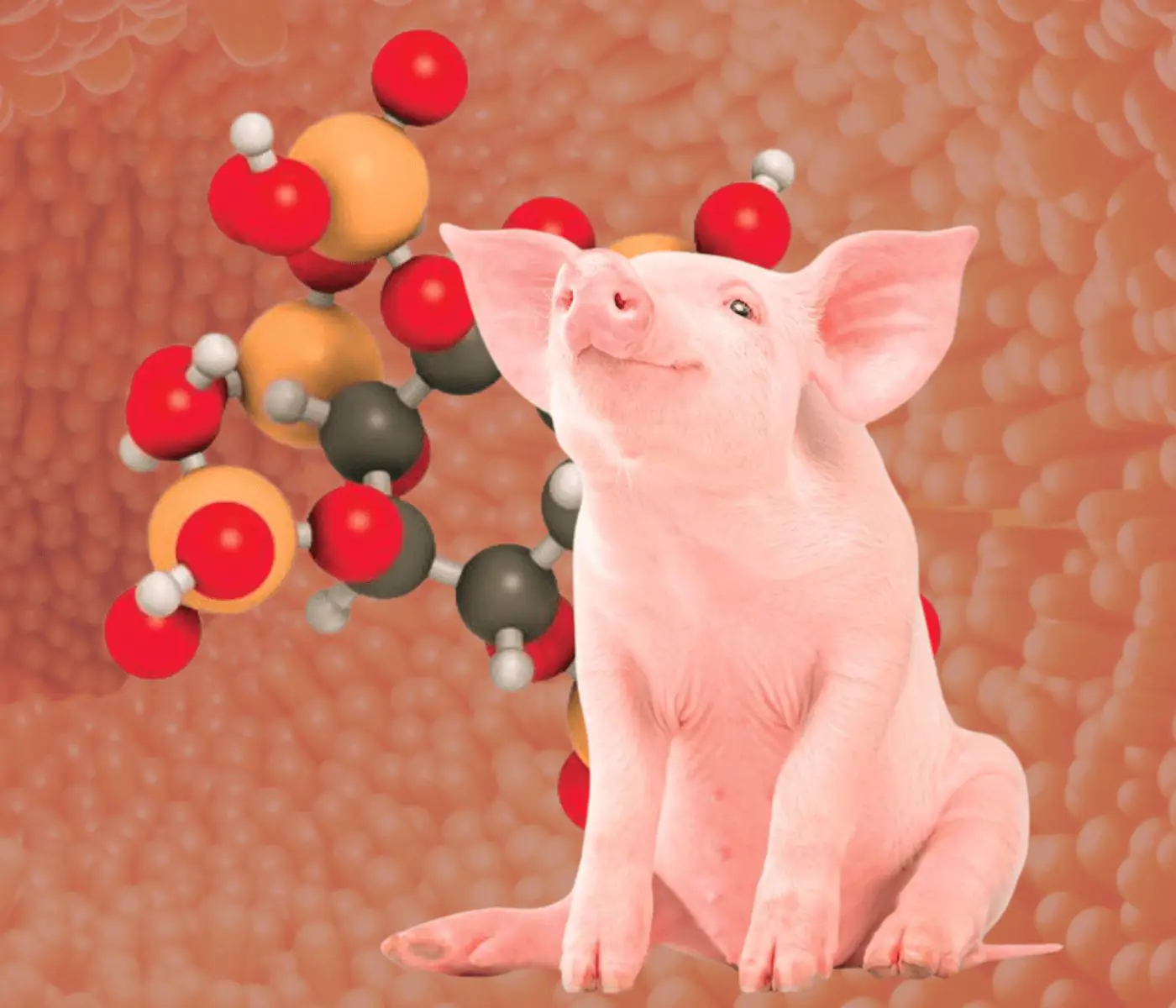
A day in the life of phosphorus in pigs: Part I
Rafael Duran Giménez-Rico
Use of enzymes in diets for ruminants
Braulio de la Calle Campos
Minerals and Hoof Health in the Pregnant Sow
Juan Gabriel Espino
Impact of Oxidized Fats on Swine Reproduction and Offspring
Maria Alejandra Perez Alvarado